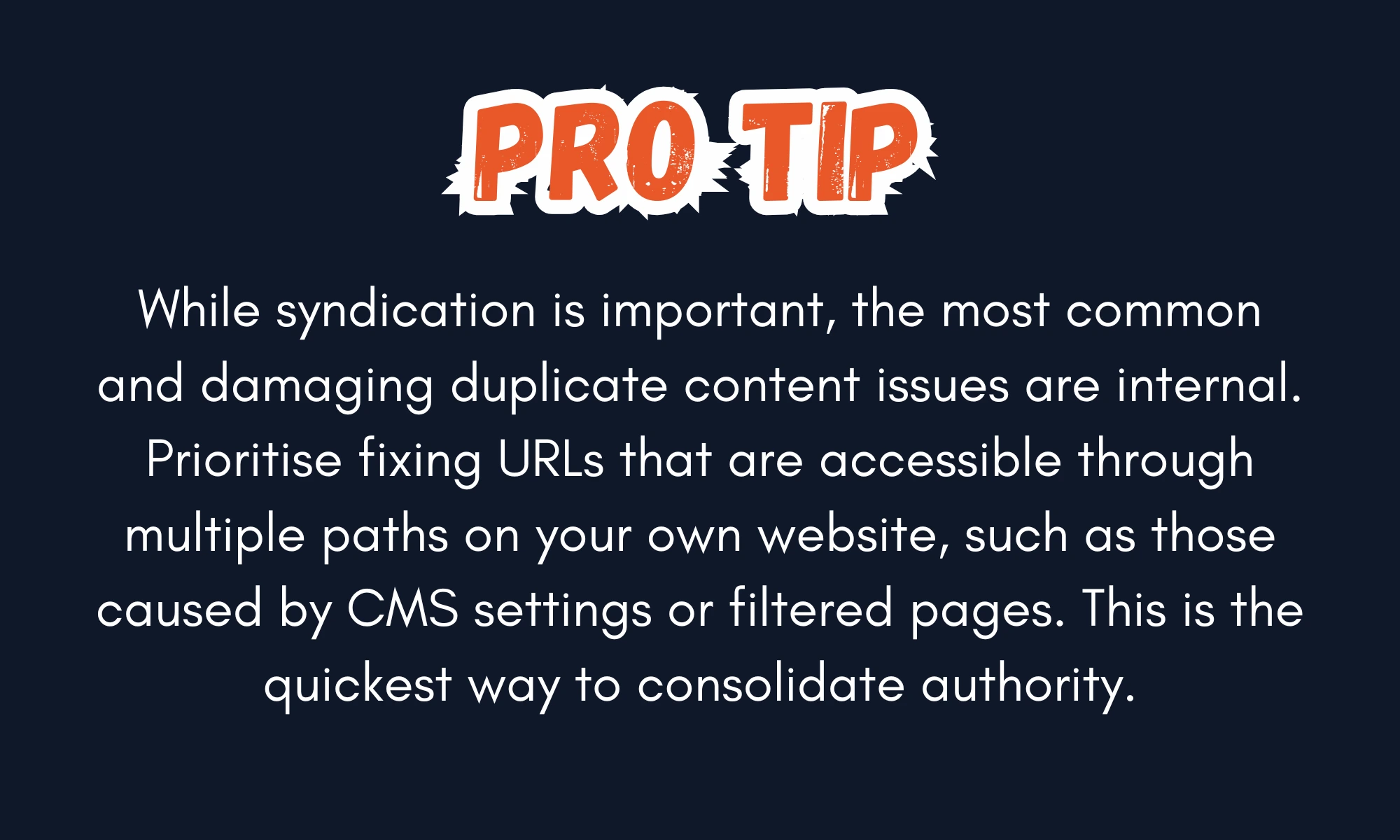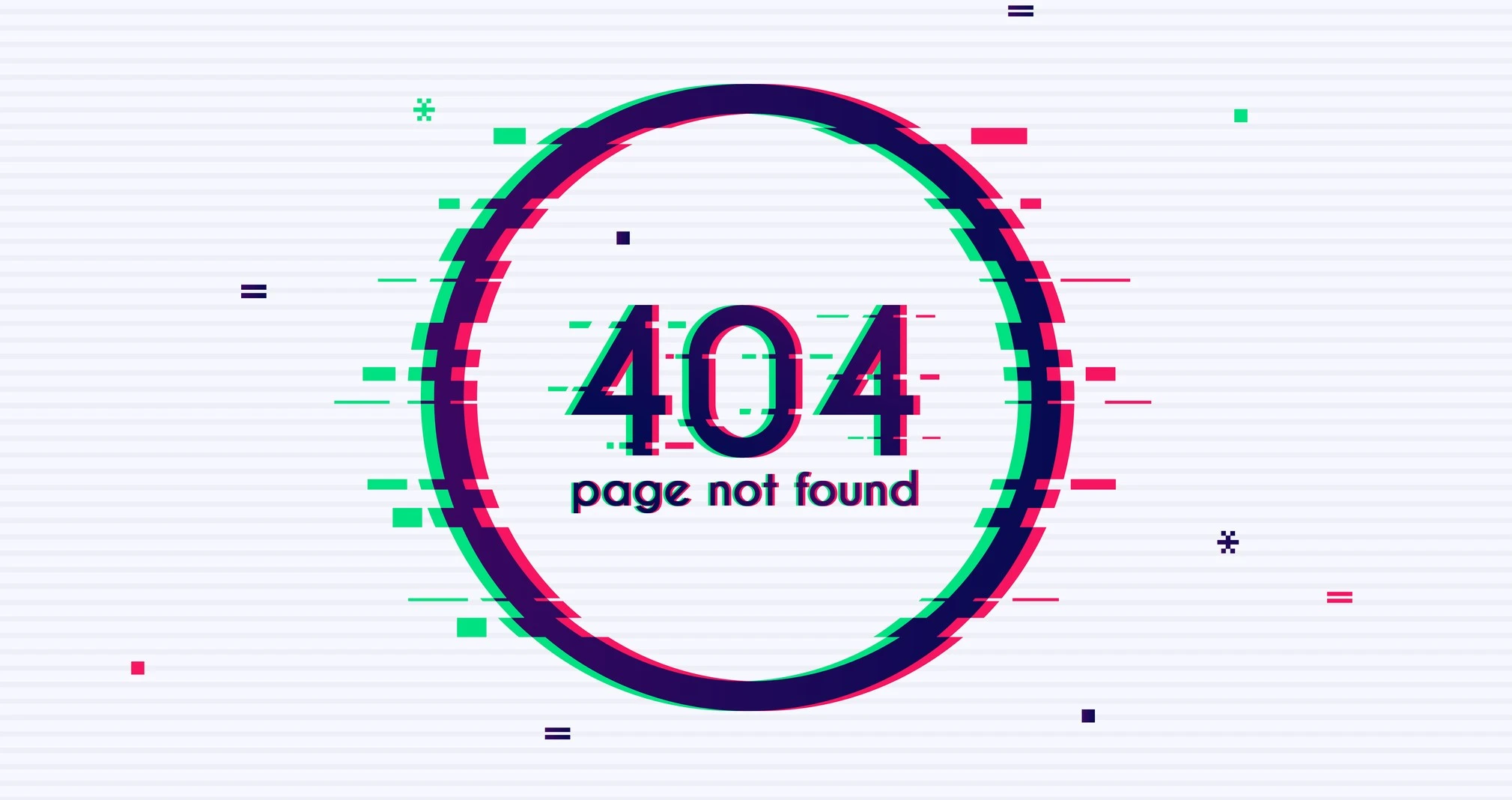What are Canonical Tags and Why You Need Them

Every website, regardless of its size, faces a common technical issue that can quietly damage its search engine optimisation performance: duplicate content. It’s a problem that can arise from a simple www versus non-www URL, filtered product pages, or syndicated content. When search engines find multiple versions of the same page, it creates confusion. They don't know which version to rank, which one to trust, or which one to send their valuable link equity to. This confusion can lead to a loss of rankings and wasted crawl budget.
The solution to this problem is a strategic and precise tool: the canonical tag. It is a line of code that tells search engines which URL is the "master" version of a page, thereby consolidating authority and preventing a host of SEO problems.
If you suspect your website has a duplicate content problem and want to ensure every page is contributing to your site’s authority, contact us for a free technical audit.

The Problem: The Hidden Dangers of Duplicate Content
Duplicate content is not a penalty, but it is a significant liability. Google and other search engines are engineered to provide the best, most unique results to a user. When they encounter duplicate pages, they must choose which one to rank. This can lead to a few damaging outcomes:
- Split Link Equity: When you have multiple URLs for the same content, any backlinks pointing to those pages will have their value split between them. Instead of one page receiving all the authority, it is diluted across several, making it harder for any of them to rank.
- Wasted Crawl Budget: A website has a limited crawl budget, which is the number of pages Googlebot can and wants to crawl in a given time. When Googlebot wastes time crawling multiple, identical pages, it is not crawling and discovering your new, valuable content.
- Ranking Confusion: In the worst-case scenario, Google may choose to rank a less-desirable version of the page, or it may be so confused that it doesn't rank any of them at all. This leaves your valuable content languishing in obscurity.
.webp)
The Solution: A Strategic Approach to Canonicalisation
A canonical tag is a piece of HTML code that sits in the <head> section of a web page. It looks like this: <link rel="canonical" href="https://www.example.com/canonical-page/">. This simple line of code is a powerful signal that tells search engines, "This is the original page; all other versions are copies.
Knowing when and where to use a canonical tag is critical. It is the precise solution for specific scenarios where a 301 redirect is not appropriate.
- E-commerce Filtered Pages: E-commerce sites often have duplicate content issues from filtered product pages (e.g., /shirts?colour=blue and /shirts?size=large). These pages need to exist for user experience, but they are duplicates in the eyes of a search engine. Canonicalising these pages back to the main /shirts page prevents crawl budget waste and consolidates link equity.
- Syndicated Content: If you syndicate your blog posts to other platforms, you can ask them to add a canonical tag pointing back to your original article. This ensures you get the full SEO benefit from your content, even when it is published elsewhere.
- www vs. non-www and http vs. https: It is a common technical issue for a website to be accessible from both www.example.com and example.com. A canonical tag can be used to tell search engines which one is the preferred version, or a 301 redirect can be used to forward all traffic to the master version.
.webp)
The Appear Online Perspective
Canonical tags are a precise tool that can be catastrophic if implemented incorrectly. A simple mistake, such as canonicalising a page to a non-existent URL or pointing to the wrong page, can lead to your valuable content being de-indexed entirely. This is why a strategic, professional approach is so essential.
At Appear Online, we don't just recommend canonical tags; we perform a full-scale duplicate content audit to identify all instances of duplicate content and provide a bespoke, data-driven plan for their resolution. We ensure every canonical tag is correctly implemented to reclaim lost link equity and improve your site’s overall health. Our expertise ensures that every page on your site is working for you, not against you.
.webp)
Conclusion: Clean Up Your Site's Architecture
The state of your website’s canonical tags is a direct reflection of its technical health. A clean site with a strategic approach to duplicate content sends a powerful positive signal to both Google and your users. By proactively managing canonical tags, you are ensuring your website's architecture is sound, your link equity is consolidated, and your most valuable content has the best possible chance to rank.
If you are ready to identify and resolve your website’s hidden technical issues and ensure every page is contributing to your authority, contact us today to discuss a comprehensive SEO audit.
.avif)








